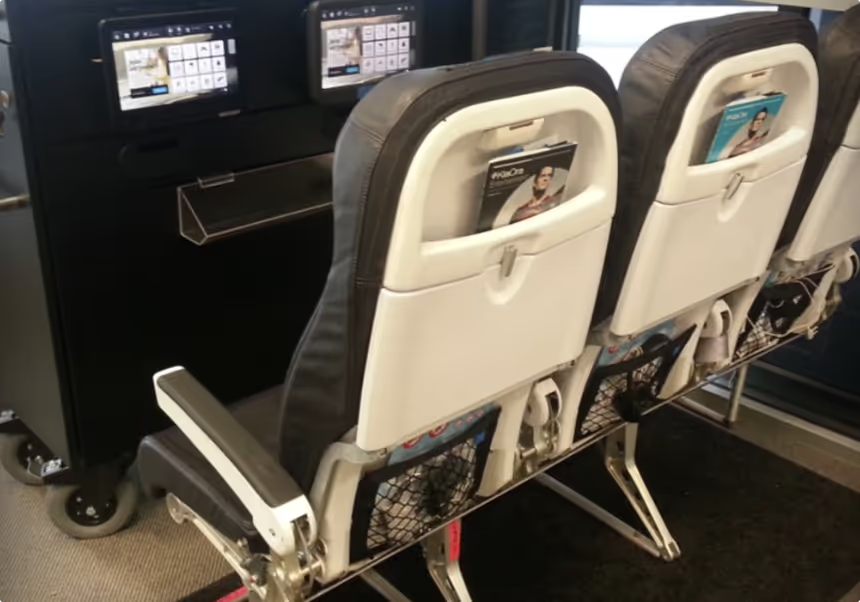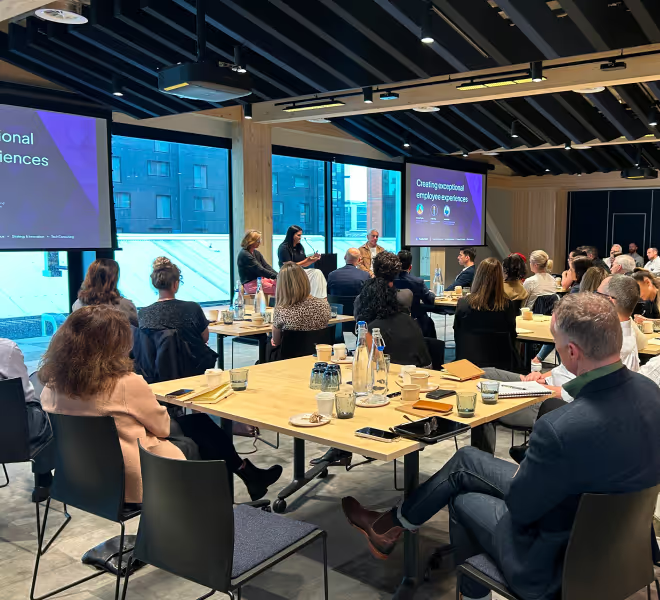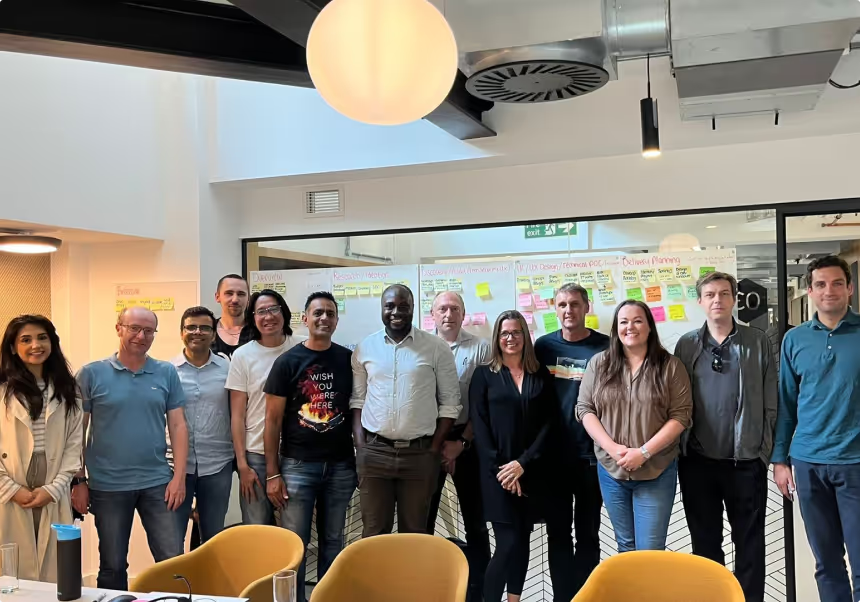In September Blake Lough, our Director of Experience, hosted a discussion on the power of immersive research. In this article we summarise our approaches to immersive research and discuss the importance of simulating real world experience to give context to research and get real world feedback.
What is immersive research?
A form of design or user research, immersive research is the process of simulating the environment in which a product, service or experience is used to uncover the behaviours, motivations and needs of customers through observation, task analysis, and other forms of feedback. This is achieved by placing participants (customers, end users and staff) in a digital or physical representation of the environment to objectively assess their responses.
What are the benefits?
Experience, don’t imagine
Immersive research is believable and as a result the outputs are richer and more insightful than traditional research methods. When participants provide feedback on a product or service in a mocked or actual environment they naturally behave in a way that is more representative of how they would behave in the real world. Results are more reliable and researchers are less dependent on the participant responding to your instructions to adopt a real world mindset.
In addition, immersive research can be used to stimulate deeper and wider conversations where participants are more likely to connect dots and explore the implications of the product or service with the facilitator on a grander scale.
Identify operational impacts
Hands down one of the most important benefits of immersive research, especially when it comes to retail or physical experiences, is the effectiveness in which it uncovers the operational impacts of the introduction of a new product or service within the physical environment.
Critical to this is involving operational and frontline staff in the research process both as observers and participants. One of the most insightful sessions we’ve ever been part of was with Jucy Snooze where we explored the design of a new hostel with Hotel Managers and Operational Staff using a virtual reality model. From the onset it was clear that the immersive nature of the VR model enabled staff to analyse the proposed design from a perspective beyond that enabled by an architectural drawing.
Gaining an operational perspective during the conceptual design phase of a project will help your organisation identify issues and streamline processes. There will be fewer unforeseen surprises and hard constraints (e.g. structural walls) can be identified and catered for in how the service is delivered.
How does it work?
Immersive research considers what cues or heuristics can be introduced into the research environment to give participants the sense that they are experiencing the product or service in the real world. To some extent we’re trying to “trick” the participants' subconscious into believing that they are interacting with the actual experience and forget the research setting in which they’re sitting.
We do this by simulating the environment as much as is practical. Depending on the nature of what we are researching we have options:
Test in the environment
Use the product or service in the environment in which it is designed to be used. We recently supported Foodstuffs in the development of their new smart trolley by conducting customer feedback sessions with a prototype of the smart trolley in a number of supermarkets. We asked participants to come prepared to do their weekly shop and they used the trolley to do just that. Feedback was rich not only because they were using the device in the environment in which it was designed for but also because the wider context of use was real and immediate.
Prototype the environment
If you can’t access the environment or it hasn’t been built yet you can create virtual reality or 3D models or mock physical prototypes using plywood or foam core. This is especially effective when seeking feedback on large scale architectural projects as many participants struggle to interpret an architectural plan let alone place themselves within it to provide meaningful feedback.
Prototyping doesn’t need to be expensive or over the top, it just needs to be enough to trigger a natural behavioural response in participants.
Make the environment believable
One of the key lessons we’ve learned is the power of using small cues to help participants tune into the environment. During testing of an inflight entertainment experience in an airline’s corporate office we played aircraft noise to help make the experience more believable, this combined with participants sitting in aircraft seats, created an environment where it was easier for them to adopt behaviours and attitudes that were more natural and as a result the feedback we received more accurate.
Create consequences
One way to trigger natural responses is to introduce real world consequences. For example if you’re testing a new booking engine then one way to increase the believability of the test is to recruit participants who are planning to make a booking and then ask them to make the booking using a prototype of the digital experience. When you do this, research takes on another dimension as participants are no longer simulating the experience but using it for real with real consequences. But note, as researchers we hold the responsibility to ensure that consequences are carefully managed and you need to have the mechanism to reverse the transaction at no cost to the participant if they make a mistake or want to back out.
In summary
Immersive research is the most effective way to emulate a real world response with research participants. It can be cost effective and easy to run and suits a wide range of industries from banking and finance, primary industries, tourism and travel to logistics and retail. As with much research the difference is in the research design and facilitation, get these right and you're halfway home.






